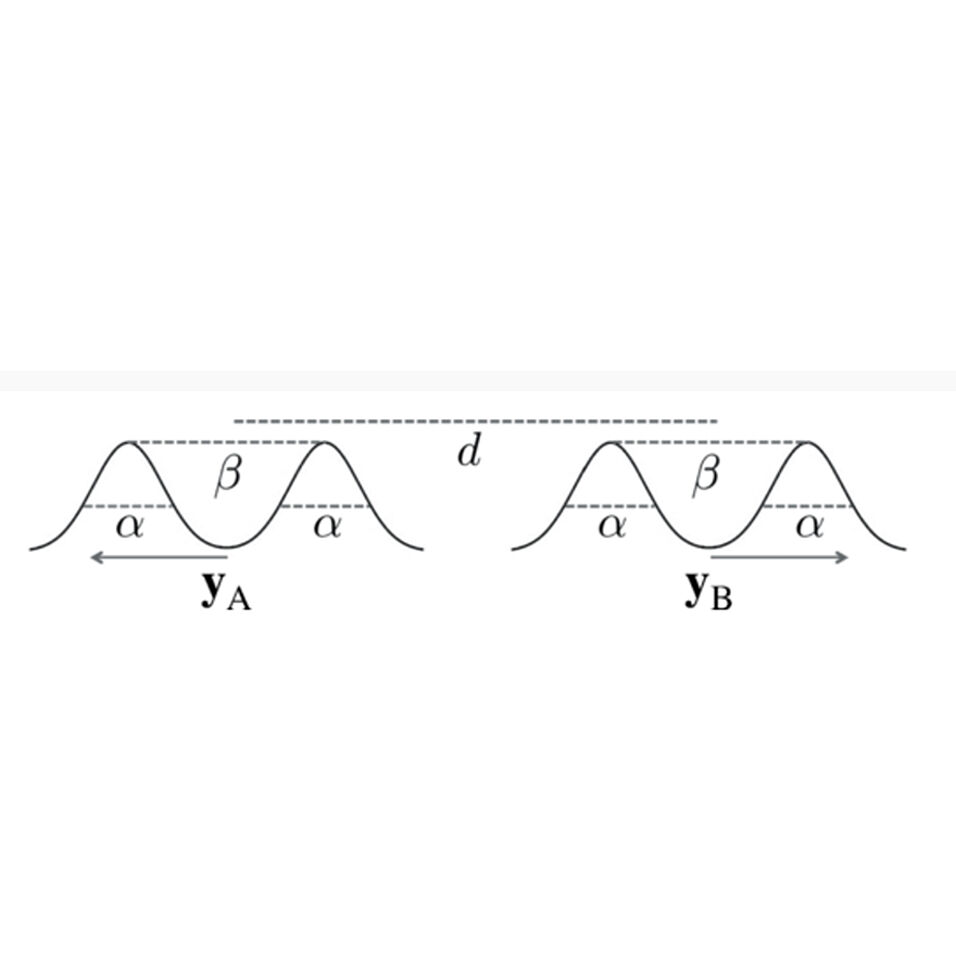It has already been shown that masses in superposition of their center of mass location can become entangled via gravity due to spacetime existing in a superposition of causally evolving, diffeomorphically inequivalent geometries. To extend the argument to the case of continuous delocalization, we generalize the analysis of entanglement generation by gravity to comprise two possible initial source mass states: each in (non-Gaussian) superpositions of two distinct center of mass states, or in (Gaussian) delocalized center of mass states. This allows us to also consider a state that contains both features: a superposition of two center of mass states with a significant quantum spread of each particle. Like in our previous work we use a path-integral approach to assure that entanglement is generated in a space-time local manner. In the Newtonian limit we recover the known entanglement rates for the two limiting cases of source mass states. For the case of delocalized source masses we also find relativistic corrections due to the fast spreading of the wave-packet. We show that the underlying entangling mechanism is the same for both mass configurations, namely that it can be attributed to a superposition of geometries and the different phases these accrue: for the specific case of delocalized source masses in form of a superposition of a continuum of different, radiation-free geometries. Our work shows that, according to linearized quantum gravity and even for the case of coupled oscillator masses, the gravitational field during a gravity-mediated entanglement experiment is not a classical-like state that approximately solves Einstein’s field equations of gravity.
Publication:
Gravity Mediated Entanglement between Oscillators as Quantum Superposition of Geometries
O. Bengyat, A. Di Biagio, M. Aspelmeyer, M. Christodoulou
Phys. Rev. D 110, 056046 - arXiv-Version

